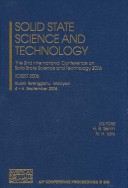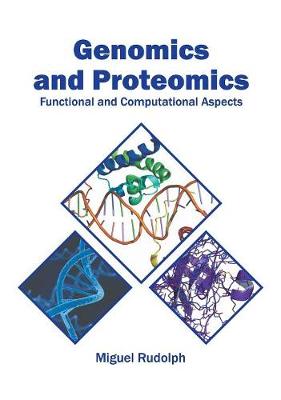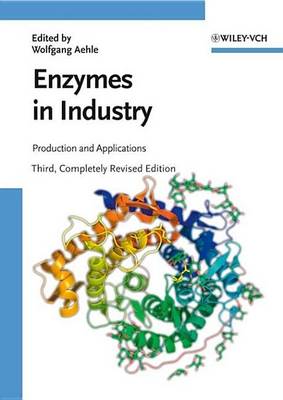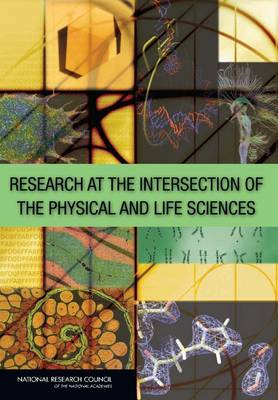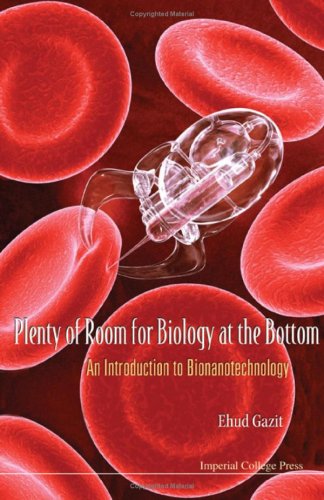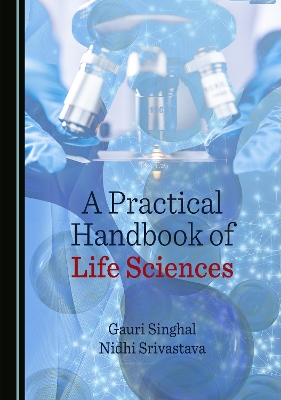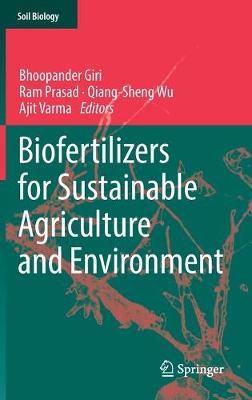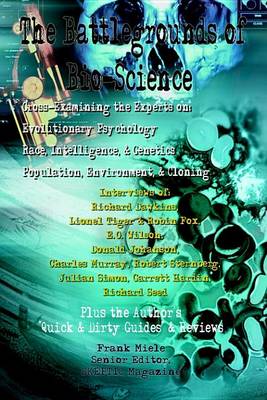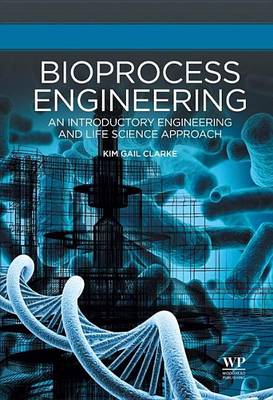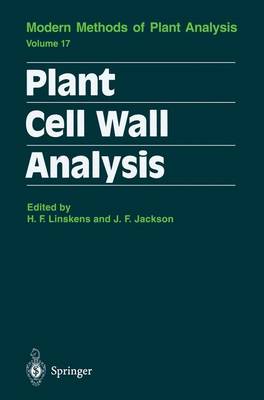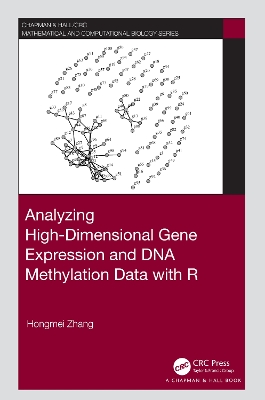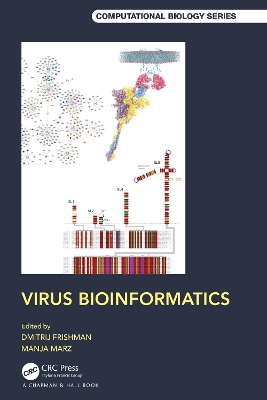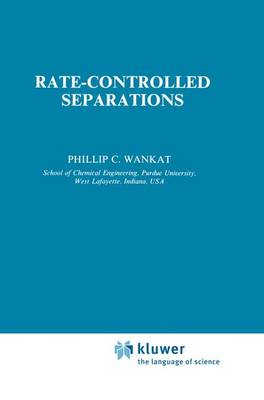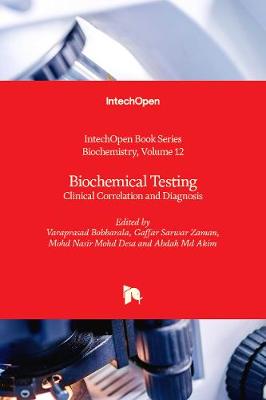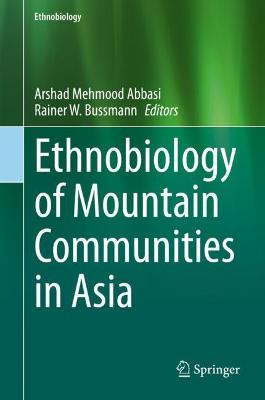Solid State Science and Technology (AIP Conference Proceedings, v. 909)
This book contains papers presented at the Second International Conference on Solid State Science and Technology 2006, ICSSST 2006, a three-day conference on solid state science and technology. The conference provides a forum for the exchange of knowledge in a highly interdisciplinary field and brings together scientists working in academic and applied research in the field of solid state science and technology.
Leading experts from all over the world present an overview of the use of enzymes in industry for: the production of bulk products, such as glucose, or fructose food processing and food analysis laundry and automatic dishwashing detergents the textile, pulp and paper and animal feed industries clinical diagnosis and therapy genetic engineering. The book also covers identification methods of new enzymes and the optimization of known ones, as well as the regulatory aspects for their use in i...
Research at the Intersection of the Physical and Life Sciences
Traditionally, the natural sciences have been divided into two branches: the biological sciences and the physical sciences. Today, an increasing number of scientists are addressing problems lying at the intersection of the two. These problems are most often biological in nature, but examining them through the lens of the physical sciences can yield exciting results and opportunities. For example, one area producing effective cross-discipline research opportunities centers on the dynamics of syst...
Written by a leading nanobiologist actively involved at the forefront of the field both as a researcher and an educator, this book takes the reader from the fundamentals of nanobiology to the most advanced applications. The book is written in such a way as to be accessible to biologists and chemists with no background in nanotechnology. It is reader-friendly and will appeal to a wide audience not only in academia but also in the industry and anyone interested in learning more about nanobiotechno...
A Practical Handbook of Life Sciences
by Gauri Singhal and Nidhi Srivastva
Aimed at both undergraduate and postgraduate students, this practical handbook is the result of cooperative effort and is designed to meet the present needs of students. Clear and concise, it is prepared in accordance with the latest syllabi and guidelines, and explores the instruments, glassware, and plastic wares that are handled during experimental procedures and related information concerning calculations required to prepare chemical reagents and media.
Biofertilizers for Sustainable Agriculture and Environment (Soil Biology, #55)
This book provides a comprehensive overview of the benefits of biofertilizers as an alternative to chemical fertilizers and pesticides. Agricultural production has increased massively over the last century due to increased use of chemical fertilizers and pesticides, but these gains have come at a price. The chemicals are not only expensive; they also reduce microbial activity in agricultural soils and accumulate in the food chain, with potentially harmful effects for humans. Accordingly, it is...
Biotechnology is an expansive field incorporating expertise in both the life science and engineering disciplines. In biotechnology, the scientist is concerned with developing the most favourable biocatalysts, while the engineer is directed towards process performance, defining conditions and strategies that will maximize the production potential of the biocatalyst. Increasingly, the synergistic effect of the contributions of engineering and life sciences is recognised as key to the translation o...
Biology of Microorganisms on Grapes, in Must and in Wine
The second edition of the book begins with the description of the diversity of wine-related microorganisms, followed by an outline of their primary and energy metabolism. Subsequently, important aspects of the secondary metabolism are dealt with, since these activities have an impact on wine quality and off-flavour formation. Then chapters about stimulating and inhibitory growth factors follow. This knowledge is helpful for the growth management of different microbial species. The next chapters...
Modern Methods of Plant Analysis When the handbook Modern Methods of Plant Analysis, was first introduced in 1954, the considerations were: 1. the dependence of scientific progress in biology on the improvement of existing and the introduction of new methods; 2. the difficulty in finding many new analytical methods in specialized journals which are normally not accessible to experimental plant biologists; 3. the fact that in the methods sections of papers the description of methods is frequently...
Micro- and Nanosystems for Biotechnology
This new book in the advances in material systems for application in medicine and biology entitled: Micro and Nanosystem for Biotechnology will address the novel application of micro and nanosystems in biological research, diagnostics and therapeutics. Speci?cally the book will address research aspects related to material in imaging and biological research, nano materials as a bio-sensing tool, oligonucleotides and biopolymer as nano building blocks, nano materials for drug delivery, medicinal a...
Analyzing high-dimensional gene expression and DNA methylation data with R is the first practical book that shows a ``pipeline" of analytical methods with concrete examples starting from raw gene expression and DNA methylation data at the genome scale. Methods on quality control, data pre-processing, data mining, and further assessments are presented in the book, and R programs based on simulated data and real data are included. Codes with example data are all reproducible. Features: * Provide...
Virus Bioinformatics (Chapman & Hall/CRC Computational Biology)
Viruses are the most numerous and deadliest biological entities on the planet, infecting all types of living organisms—from bacteria to human beings. The constantly expanding repertoire of experimental approaches available to study viruses includes both low-throughput techniques, such as imaging and 3D structure determination, and modern OMICS technologies, such as genome sequencing, ribosomal profiling, and RNA structure probing. Bioinformatics of viruses faces significant challenges due to the...
Separations have always been very important in chemical engineering. This importance has escalated with the emergence of new industries in biotechnology and high performance materials. Separations will continue to remain important in bulk chemical manufacturing, petroleumprocessing, and the other standard areas of interest in chemical engineering. This book covers separation processes which require a rate analysis for complete understanding. This includes most of the newer separation methods. Pr...
Biochemical Testing (Biochemistry)
Models and Algorithms for Biomolecules and Molecular Networks (IEEE Press Series on Biomedical Engineering)
by Bhaskar DasGupta and Jie Liang
By providing expositions to modeling principles, theories, computational solutions, and open problems, this reference presents a full scope on relevant biological phenomena, modeling frameworks, technical challenges, and algorithms. Up-to-date developments of structures of biomolecules, systems biology, advanced models, and algorithmsSampling techniques for estimating evolutionary rates and generating molecular structuresAccurate computation of probability landscape of stochastic networks, solvi...
"The Thing with Feathers by Noah Strycker is a fun and profound look at the lives of birds, illuminating their surprising world--and deep connection with humanity"--
Ethnobiology of Mountain Communities in Asia (Ethnobiology)
Natural resources and associated biological diversity provide the basis of livelihood for human population, particularly in the rural areas and mountain regions across the globe. Asia is home to the world's highest mountain regions including the Himalayas, Karakorum and Hindukush. These regions are renowned around the globe because of their unique beauty, climate, and biocultural diversity. Because of geoclimatic conditions, the mountains of Asia are medicinal and food plant diversity hot spots....
Biotechnology, Security and the Search for Limits (New Security Challenges)
by B. Rappert
How might the growing scientific understanding of life processes facilitate the development of novel weapons? What might be done to prevent this outcome? How should research be undertaken into such possibilities? Biotechnology, Security and the Search for Limits examines growing concerns since 2001 regarding the international security of life science research in relation to biological weapons and bioterrorism. It does so through undertaking a novel method of social research with leading scientis...
